Preventing Disc Injuries

Prevention, the key to a strong, healthy back
Proper nutrition and exercise, as well as a healthy lifestyle, will keep the muscles, ligaments, and bones strong and limber.


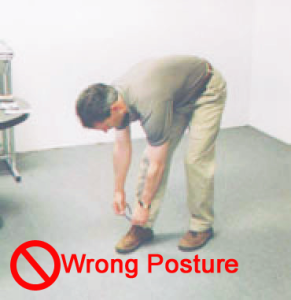
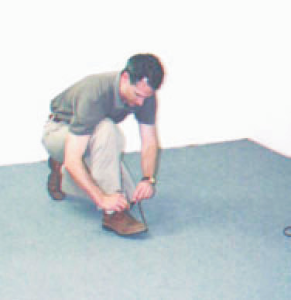
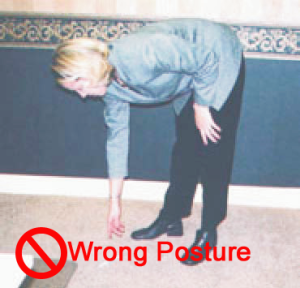
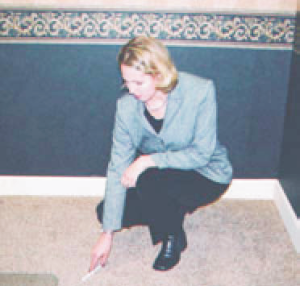
Ice vs Heat
Ice – a vasoconstrictor which reduces swelling. Heat – a vasodilator which increases circulation. THINK about how you treat a sprained ankle. The tissues involved in a back injury react the same way, but often in a back injury you won’t see the swelling because it is under the muscles. AFTER an acute back or neck injury (as soon as possible), using the positions of comfort shown below, ice for 20-30 minutes. Depending on the severity, repeat ice for 20-30 minutes every 90 minutes). HEAT is to be used for chronic conditions or generally 2-3 days after an injury. It is best to introduce heat along with ice as; heat 10 minutes, ice 10 minutes, heat 10 minutes, wait 90 minutes and repeat.
Positions of Comfort
The positions of comfort place the spine in a neutral posture that helps relieve pressure. Use these positions to apply ice or heat, or to rest your tired back.
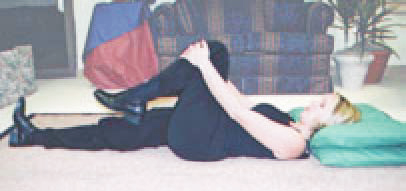
These positions should be maintained for at least 20 Usually more relief is given if you lie on the side that minutes. Try different pillow heights or a chair
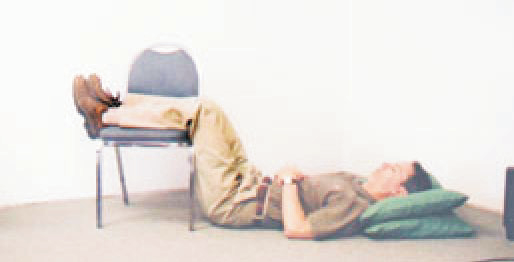
Usually more relief is given if you lie on the side that minutes. Try different pillow heights or a chair that does not hurt

A pillow between your knees will take additional pressure off your hips and pelvis.
The Rules of lifting
These rules allow you to use other muscles (legs, arms, shoulders, & abdominals) other than your back muscles when lifting.
- Lift with your mind first
- Check the load weight.
- Check your path for obstacles.
- Determine if you need help.
- Lift using the position of strength
- Be square to the object, no twisting.
- Be close to the object, no reaching.
- Feet shoulder width apart, creating a solid base.
- No Twisting
- Discs are the most vulnerable to the effects of twisting and turning while lifting. If you must turn, move your feet not your waist.
- Lift within your safety zone
- Your lifting safety zone is from your waist to your shoulders.
- Use a ladder for any object above your shoulders.
- Bend your knees for any object below your waist.
- Recent Posts
Research & Studies
Research & Studies Chiropractic Effectiveness During the past 20 years,
CoolSculpting Vs EMSCULPT NEO
CoolSculpting Vs EMSCULPT NEO Which procedure is better? CoolSculpting is
